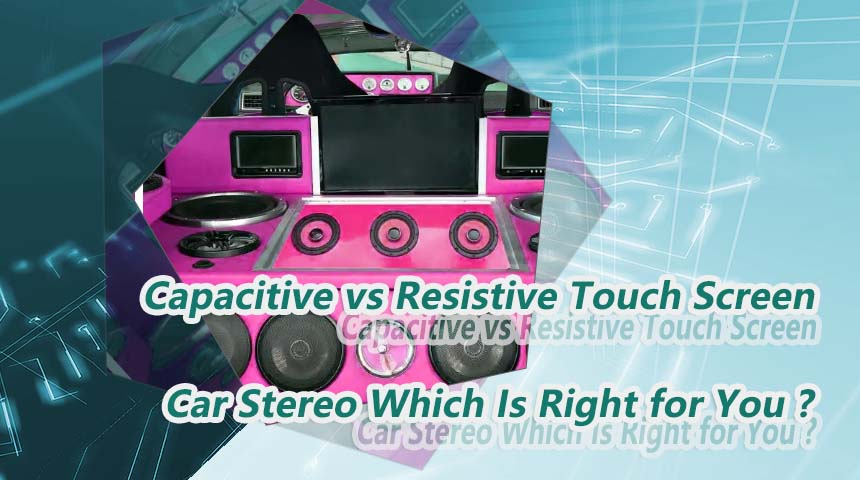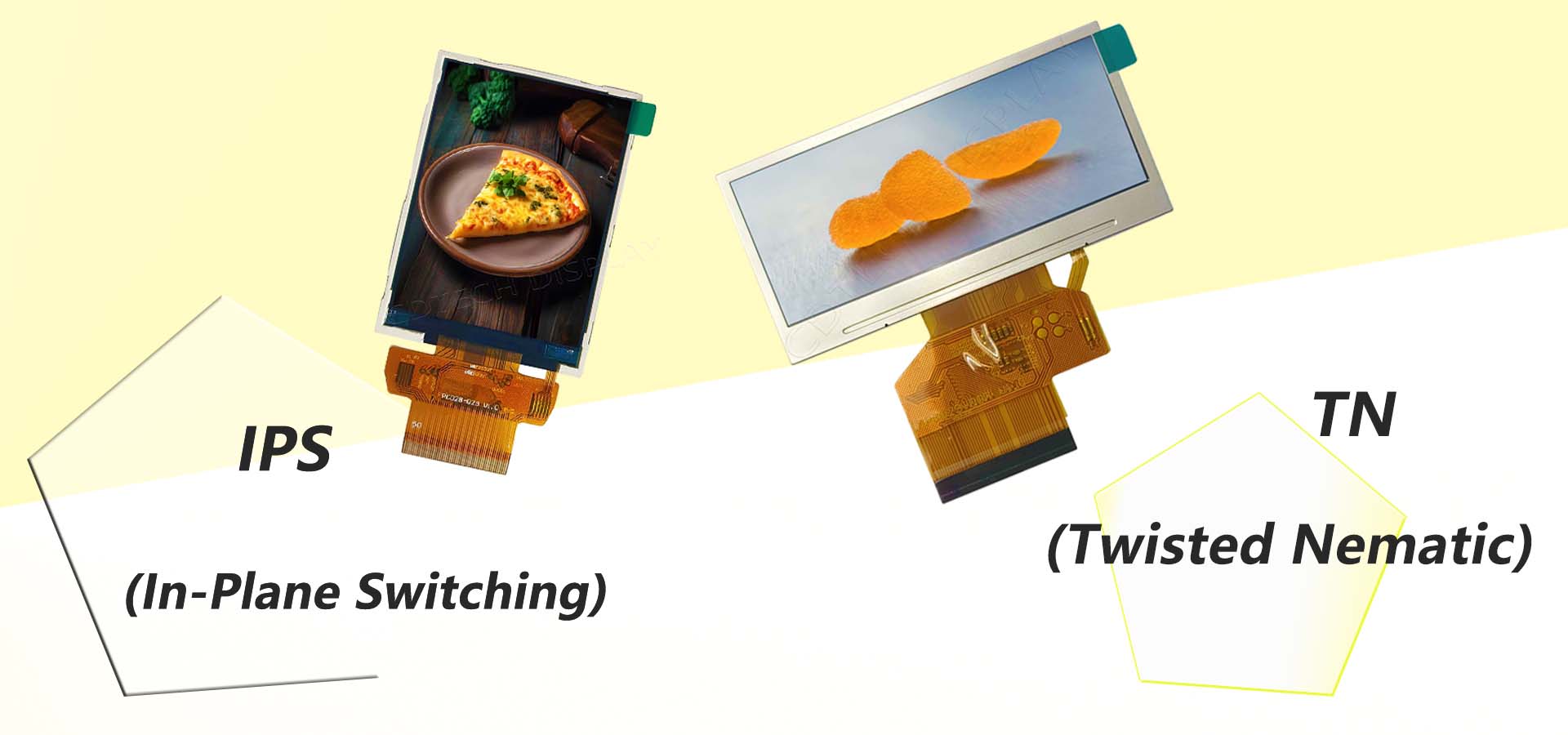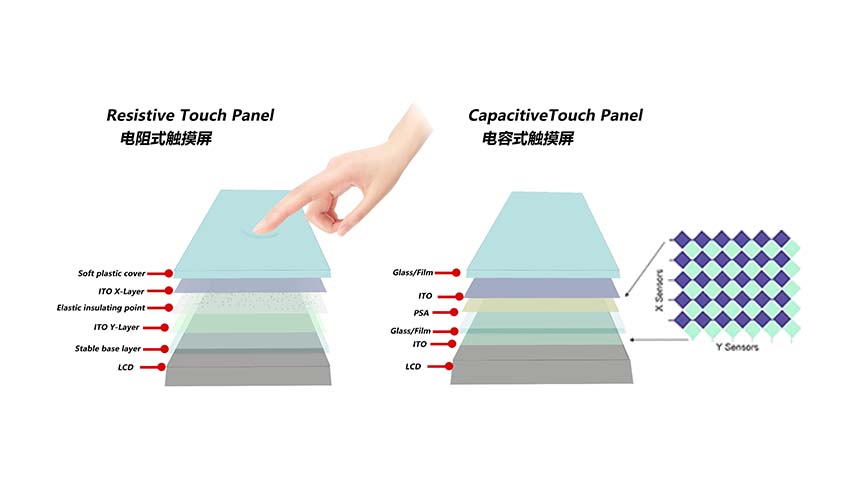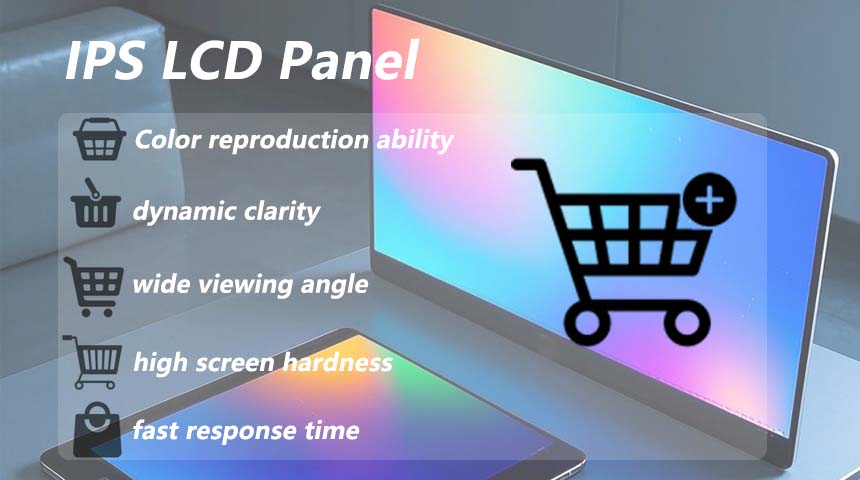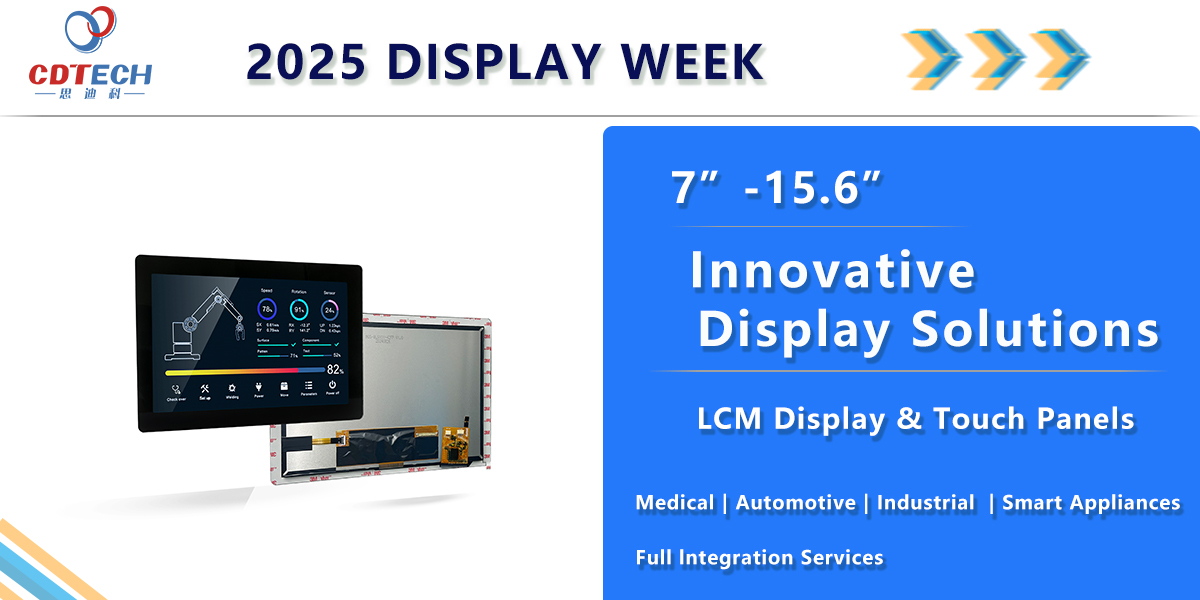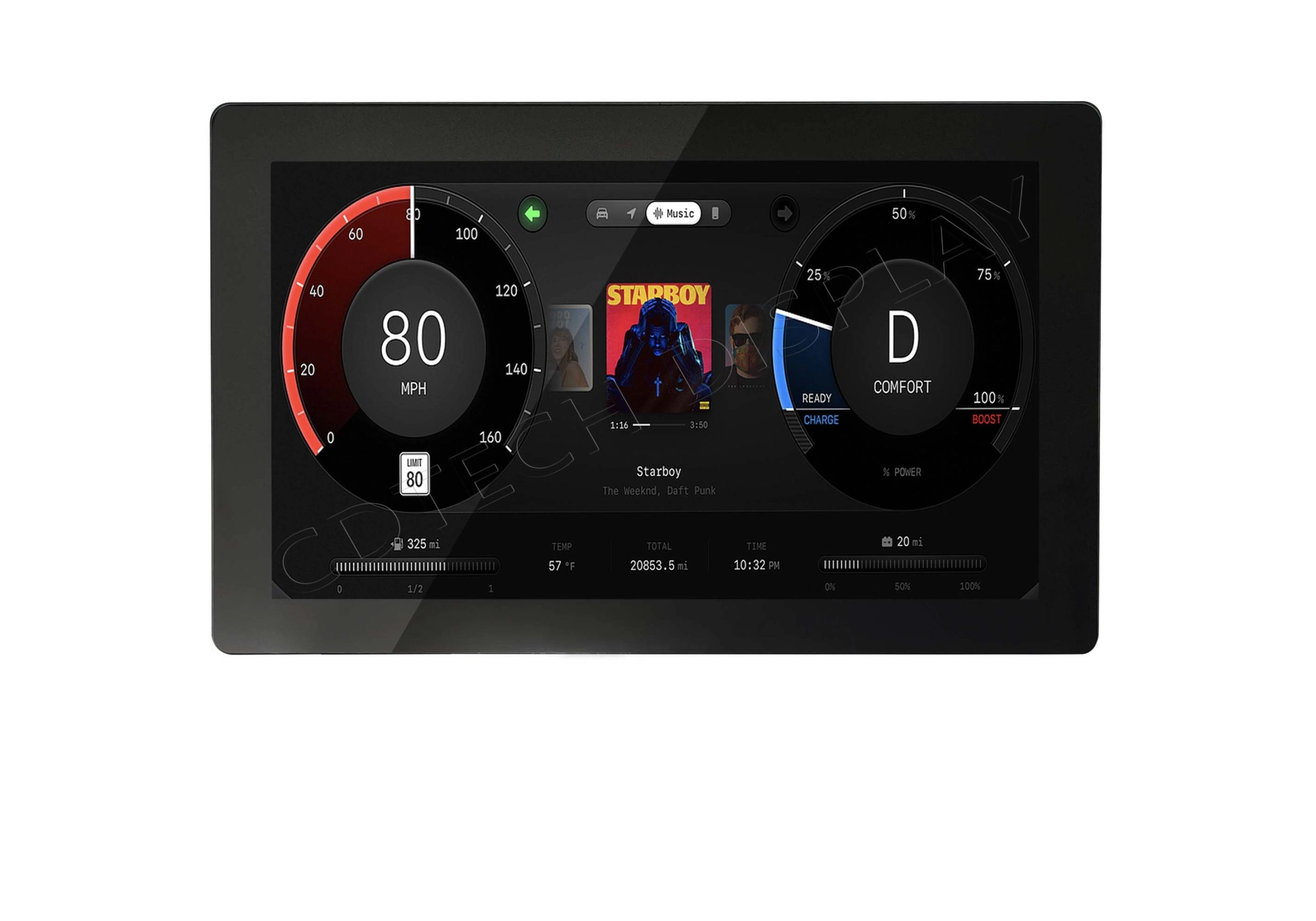How Backlight Systems Enhance Color and Brightness in Displays
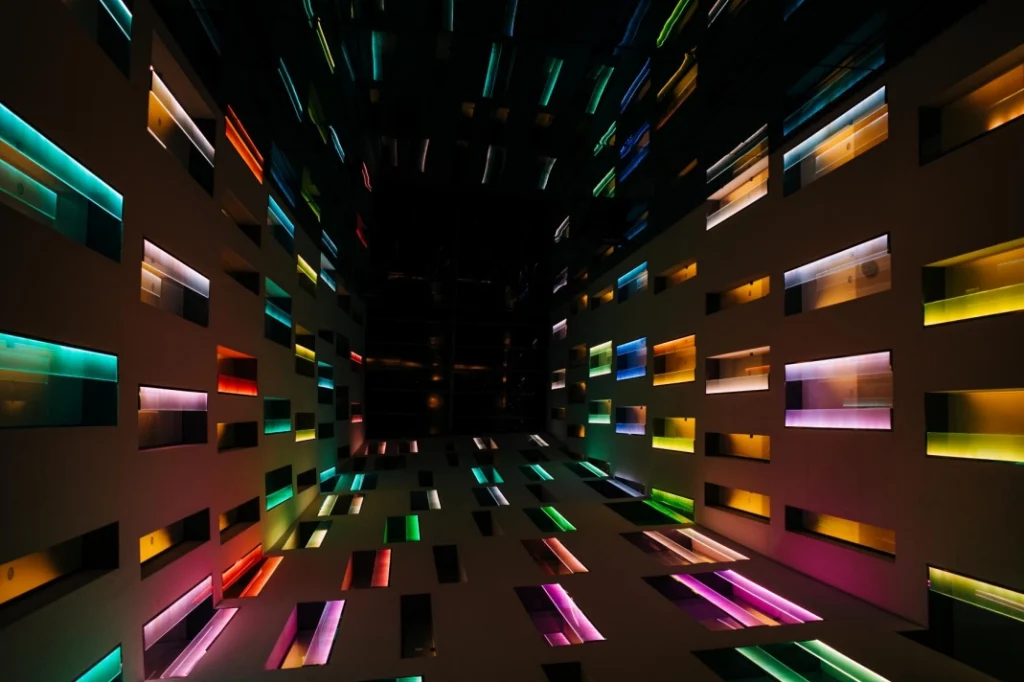
What Is a Backlight System in a Display?
Definition and Purpose
A backlight system is a really huge part of many screens, like LCD (Liquid Crystal Display) ones. Unlike OLED screens, which make light for each little dot by themselves, LCDs need a light from outside to shine. This light, called the backlight, sits behind or on the sides of the screen. Its job is to make pictures and words super clear and easy to look at. If there’s no backlight, LCD screens would look all dark and tricky to see.
Common Types (Edge-Lit, Direct-Lit, Mini-LED, etc.)
Backlights come in a few fun types to match what screens need:
- Edge-Lit Backlights: These put LEDs on the sides of the screen. A special sheet spreads the light all over. They’re awesome for thin screens because they don’t take up much room.
- Direct-Lit Backlights: Here, LEDs are right behind the screen in a pattern. This makes the light nice and even, but the screen might be a bit thick.
- Mini-LED Backlights: This is a super fun, new kind with tons of tiny LEDs in little groups. It lets the screen dim or brighten just where it needs to, making colors and contrast great, especially for HDR (High Dynamic Range) stuff.
- CCFL (Cold Cathode Fluorescent Lamp): This old kind was used a lot before, but LEDs are way better now, so CCFLs aren’t around much anymore.
The Role of Backlighting in Color Accuracy and Brightness
How Backlights Influence Color Gamut
A good backlight makes colors look pretty on a screen. Awesome ones make colors bright and true by giving a steady, big bunch of light. For example, screens with neat LED or mini-LED backlights show way more colors than those with old CCFL lights.
Impact on Contrast Ratio and Peak Brightness
Backlights help make dark parts extra dark and bright parts extra bright. Fun systems like mini-LEDs can dim or light up tiny bits of the screen on their own, depending on what’s showing. This makes dark spots look super deep and bright spots glow, so pictures look fun.
Uniformity and Light Distribution
Spreading light evenly across the screen stops weird bright or dark spots. Direct-lit LEDs are great at making light even, better than edge-lit ones. This keeps the whole screen looking clear and nice.
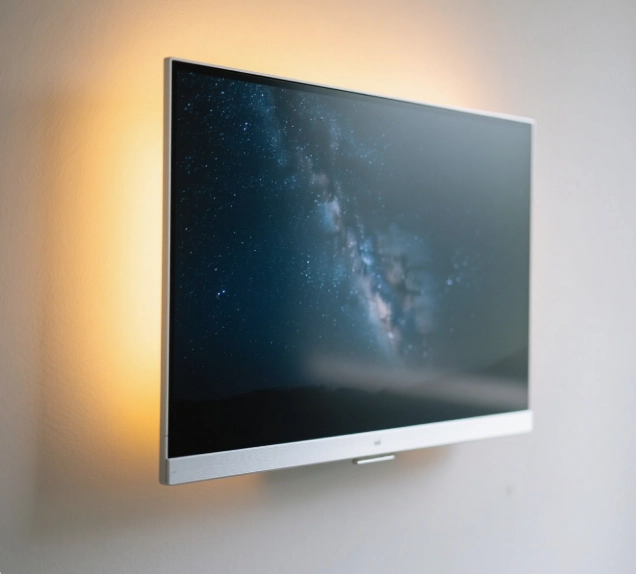
Comparing Backlight Technologies
CCFL vs. LED vs. Mini-LED
CCFL lights were big once but not now. They used lots of power and didn’t last long compared to LEDs. Regular LEDs are much better, using less power and shining brighter. Mini-LEDs are the most fun, giving super good control over brightness and contrast with their tiny light groups.
Advantages of Local Dimming and HDR Support
Local dimming makes screens way better by changing the light in different spots. This is great for HDR, showing bright highlights and super dark shadows just right. It makes games and movies look so cool and real.
Energy Efficiency and Heat Management
New LED backlights save power compared to old CCFLs. They use less energy and don’t get too hot, which helps screens last a long time and stay safe for everyone.
Use Cases That Benefit from High-Quality Backlighting
Medical Displays and Industrial Monitors
For medical stuff like X-rays or MRIs, clear colors and bright screens are super important to get things right. Industrial screens need strong backlights too, to stay clear in tough places, like really sunny spots.
Gaming, Content Creation, and Entertainment Applications
Gamers love screens with great contrast and fun colors for a good time. People who make videos or draw pictures need true colors, too. Neat backlights like mini-LEDs help make editing or creating look perfect.
Outdoor and Sunlight-Readable Screens
Screens outside, like signs or gadgets you carry, need to beat sunlight shine. Bright backlights make sure these screens stay easy to see, even when the sun is super strong.
By using awesome tech, companies like CDTech keep making screens better. Our work with fun backlights gives great results for all kinds of things, from work to play.
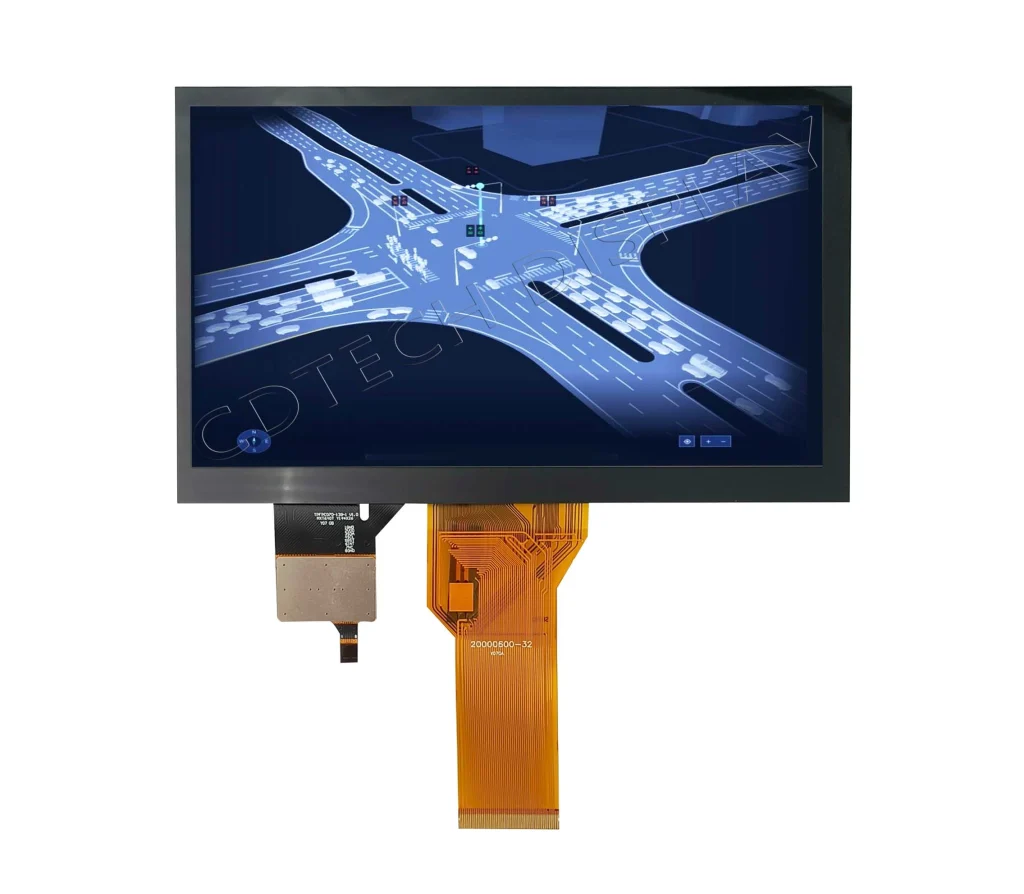
How to Choose the Right Display with Optimal Backlighting
Evaluate Use Environment and Content Needs
Picking the best screen with great backlighting starts with knowing where you’ll use it and what it’ll show. Outdoor screens, like signs or gadgets you carry, need bright backlights to fight sunlight. But indoor screens, like in homes or offices, don’t need to be that bright.
For things like gaming, video editing, or medical checks, colors and contrast are a big deal. Fun tech like mini-LEDs is awesome here because it makes the colors pop and dims parts of the screen for better contrast. Industrial screens need tough backlights to stay clear in hard places, too.
Consider Brightness (nits), Viewing Angles, and Color Depth.
Brightness, counted in nits, is a big deal when picking a screen. More nits mean it’s easier to see in bright places. For example, outdoor screens often have over 1,000 nits to stay clear in sunlight.
Viewing angles are super important, too. Screens with wide angles keep pictures looking nice no matter where you stand. This is great when lots of people look at the screen together.
Color depth shows how real colors can look. Good backlights help screens show tons of colors clearly, which is key for stuff like taking pictures or making videos.
CDTech Company Overview and Product Offerings
CDTech makes super fun screens with neat backlighting tech. Our products work for medical imaging, industrial checks, gaming, and fun stuff. By using cool features like mini-LED backlights and local dimming, CDTech makes sure their screens do great for all kinds of jobs.
CDTech’s screens shine bright and show colors just right. Our high-brightness screens are awesome for outside or bright rooms. Plus, we care about saving energy, using LED backlights that need less power but still work super well.
For people who need true colors, CDTech has screens with big color ranges thanks to their fun backlights. These are great for detailed jobs like drawing pictures or medical work.
FAQ
Q: Why do screens need a backlight?
A: A backlight is a super big part of lots of screens, especially LCD ones. Unlike OLEDs, which light up each spot themselves, LCDs need a light from behind or the sides. This light makes pictures and words easy to see. Without it, LCD screens would be way too dark to read.
Q: What type of backlighting is commonly used in LCDs for improved color reproduction?
A: Fun LED tech, like mini-LEDs, is used a lot in new LCD screens to make colors better. Mini-LEDs have lots of tiny lights in groups for exact dimming. This makes contrast really good and shows tons more colors than old CCFL lights.
Q: What are the benefits of a backlight on TV?
A: Backlights make TVs way better by improving pictures. They control brightness and contrast super well, especially with mini-LEDs that dim certain spots. This gives dark blacks and bright highlights. Even light spread also means no funny bright or dark patches, making movies and games fun to watch.
By adding fun backlighting to their screens, CDTech keeps making awesome stuff. Our screens fit all kinds of needs, from serious jobs to everyday fun.

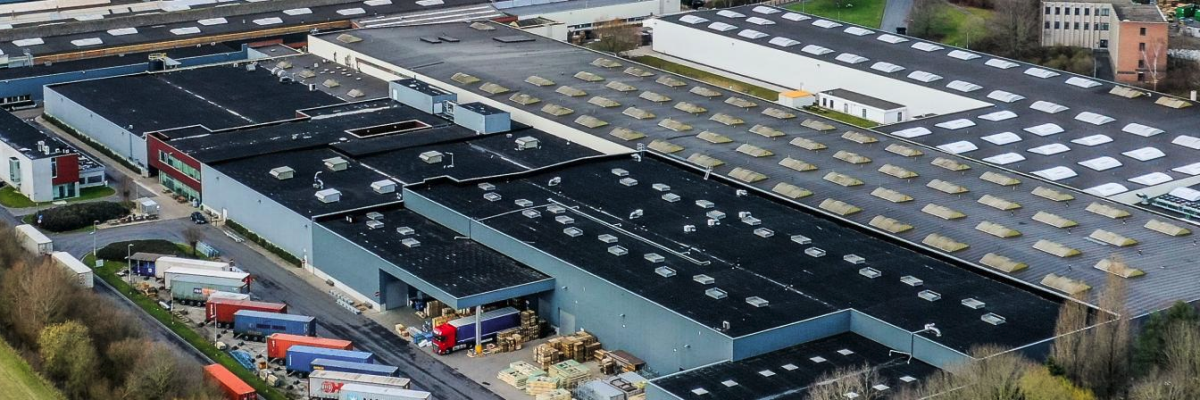
 2025-07-03
2025-07-03  11:50
11:50 